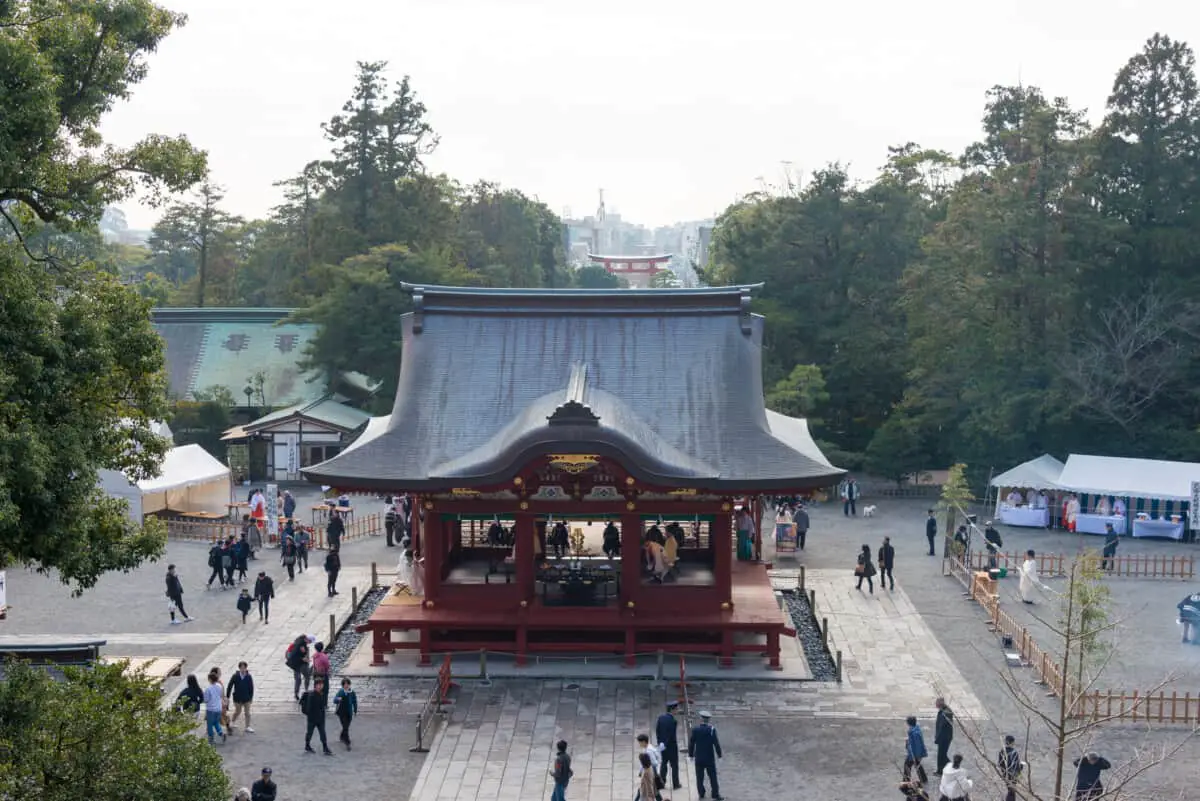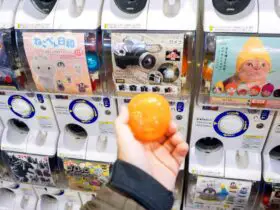Kanagawa is in the Kanto region of Honshu and lies to the southwest of Tokyo. Currently, over 9 million live in this prefecture. Not sure you’ve heard of it? How about Odawara? Kamakura? Yokohama? There is a lot to discover in The Kanagawa prefecture.
Starting in Yokohama
Yokohama is the capital city of Kanagawa, the largest city in Japan except for its northern neighbor, Tokyo. It is the first port city in Japan, and it is known as The Gateway To The World for how it absorbs new cultures and traditions. It’s hard to know where to begin. Yokohama offers something for almost every taste and any interest.
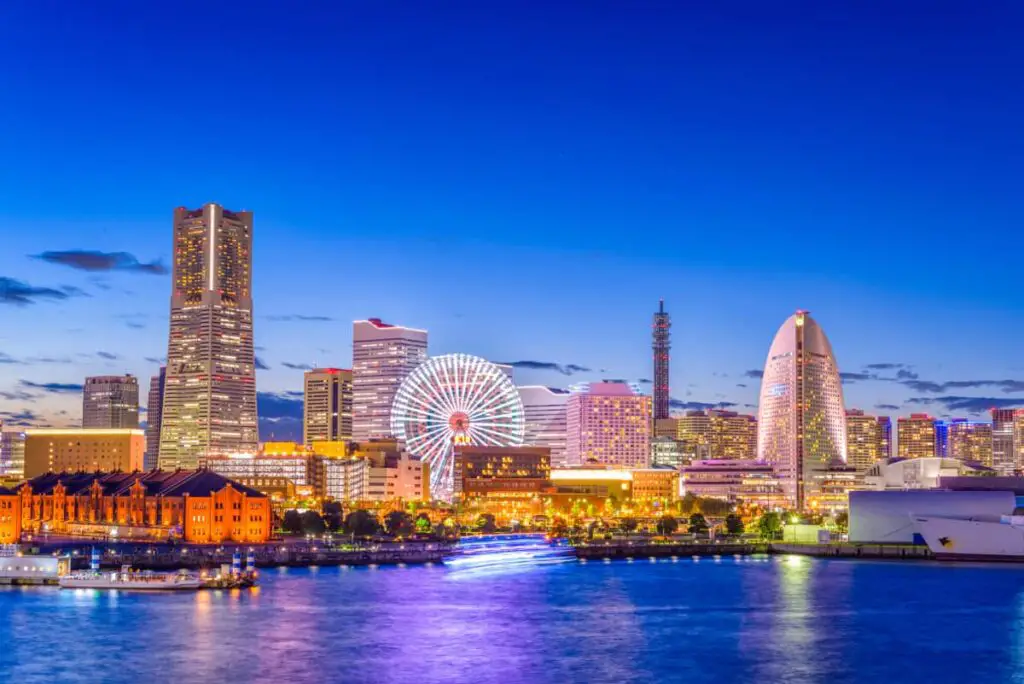
Yokohama Zoo “Zoorasia”
If you have children and are looking for a family-fun event, the zoo or Zoorasia is a great way to spend your afternoon. Your kids will love it, and you will want to spend as much time there as you can. Arrive early to compensate for early zoo closing hours and travel time through Yokohama to the zoo.
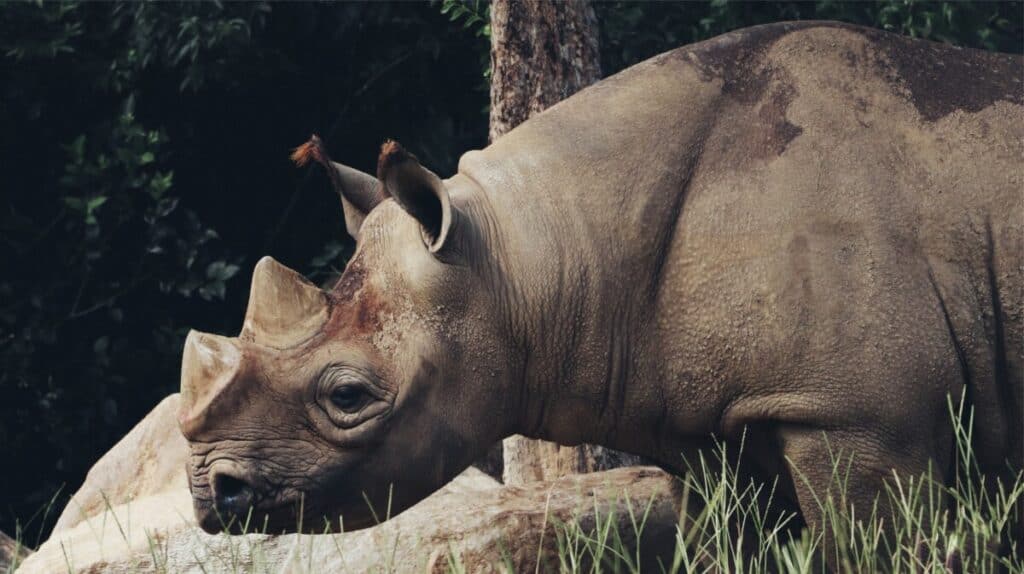
Elephants greet you at the gate, and the interior is not the typical “animal in a cage” type display. Instead, the animals roam about in natural habitats. The zoo is clean, the staff is friendly, and it’s not a place you want to miss.
Yokohama Zoo Official Visitors Website
Sankeien Garden
The preservation and elegance of numerous historic buildings in the garden rival the wonder and beauty of this Japanese landscape garden.
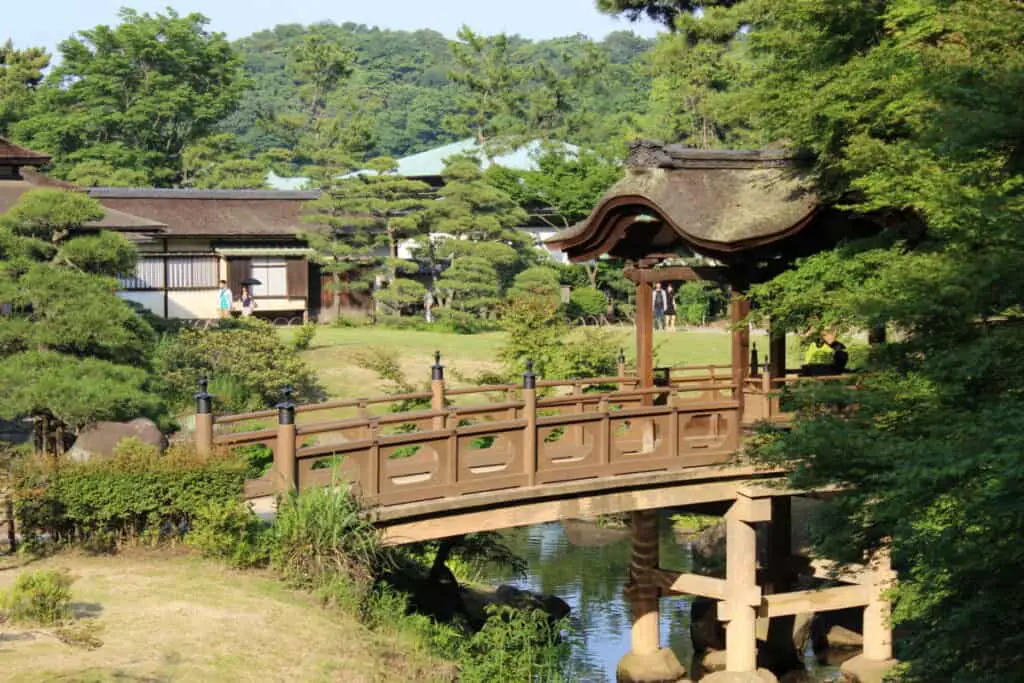
Sankeien Garden Official Website
A pond, creeks, trees, flowers, and hiking trails make urban life seem far away. You come upon several tea houses. Then, you see a daimyo, or feudal lord, residence. Finally, you have the main hall and three-storied pagoda, and it seems like you have gone back to another age.
Yokohama Fish Market
It is a bit hard to believe that the area started out as nothing more than a humble fishing village when you see Yokohama for the first time. Vestiges of those beginnings can be seen in this fish market, the third oldest in Japan.
Would you like to see a tuna weighing more than an average man cleaned and cut up right before you?
Would you be interested in being educated in the history and habits of a particular fish by a fish master as he expertly cleans the fish? Maybe you would like to get hands-on experience cleaning a fish?
Yokohama Fish Market (Namamugi)
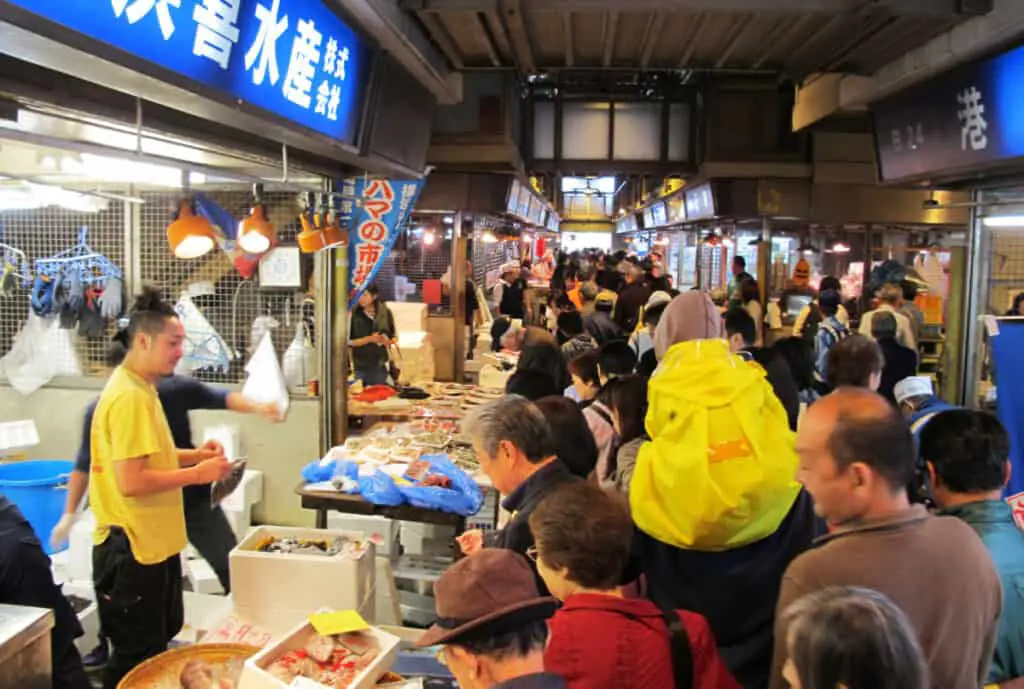
All that and seasonal fish and shellfish laying side by side for sale at bargain prices surprise you at this market. Perhaps the best part is the tour is free, and they provide free food samples.
Some Japanese in Yokohama are not even aware this market exists, and this secret is worth your time to explore.
Minato Mirai 21
This area is known as Yokohama’s central business district as well as a major tourist site. The area is best known for its beautiful night view. Here is the fourth tallest building in Japan, the Land Mark Tower. Its panoramic observation deck, called the Sky Garden, is 895 feet high on the 69th floor.
Minato Mirai Via Japan National Tourism Organization
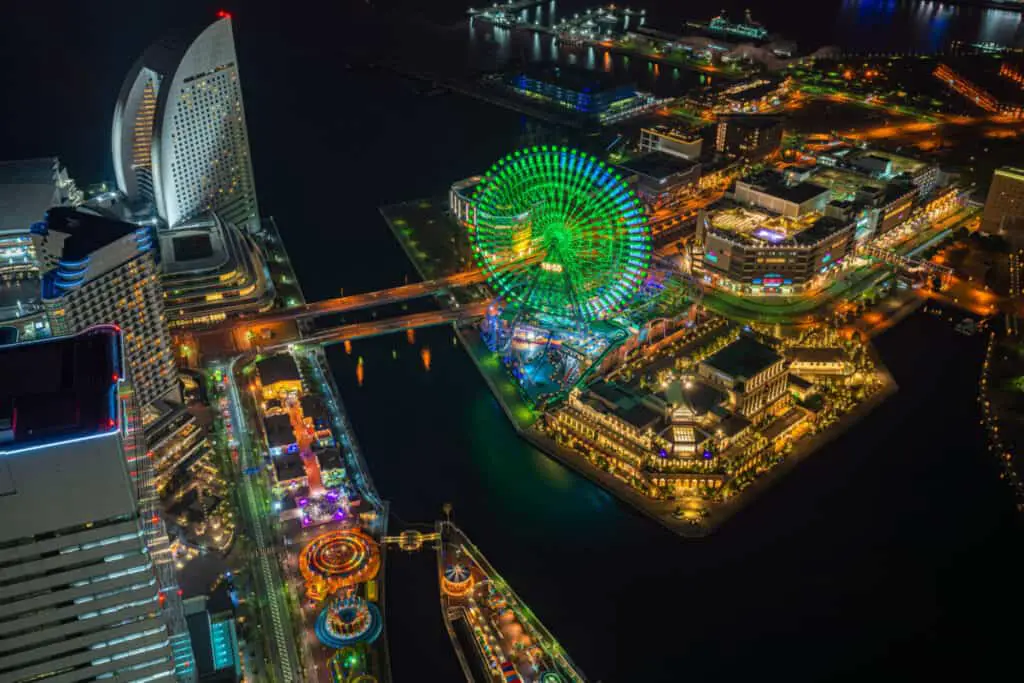
One floor above the Sky Garden is the Sky Lounge Sirius. The cuisine is Western, but a live jazz band performs each night, and the view while dining is breathtaking.
Isezakicho Shopping District
The area is modest, quaint, unique. It is more set up for locals than tourists. Shopping for oddities unable to be found elsewhere is the best strategy here. There are food shops and restaurants, you can explore some of the local cuisines and enjoy mixing with the locals as tourists don’t frequent the area as often as other areas.
Isezakicho Shopping District Via Tripadvisor
Tsurugaoka Hachimangu Shrine
This shrine is in the heart of Kamakura. It is the most important shrine in Kamakura, and most people know it as the “soul” of the city. It is over a thousand years old and dedicated to Hachiman, the patron kami of the Kamakura shogunate and the god of war.
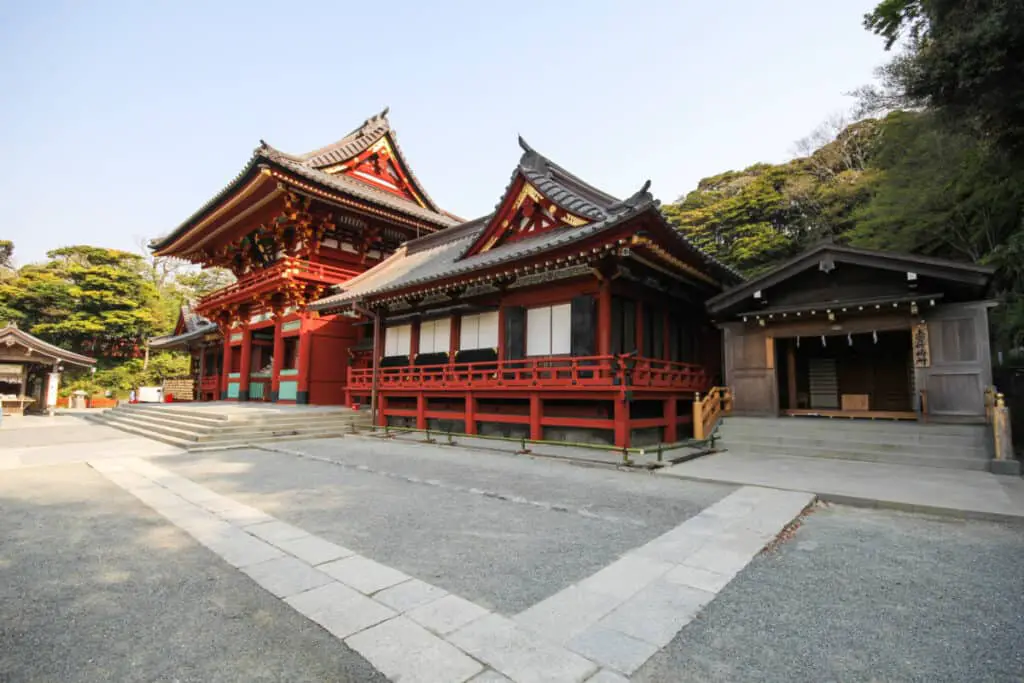
You reach the shrine through a long series of red torii gates that lead to a road that runs between two ponds. One pond represents the Minamoto clan, the founders of the shrine, and the other stands for the Taira, their bitter enemies. In the winter and spring, peonies bloom in the garden beside the Minamoto pond.
The road ends at magnificent stone stairs. The shrine sits at the top. The Maiden is a lower hall where weddings, dances, and festivals occur.
Tsurugaoka Hachimangu Shrine Official Website
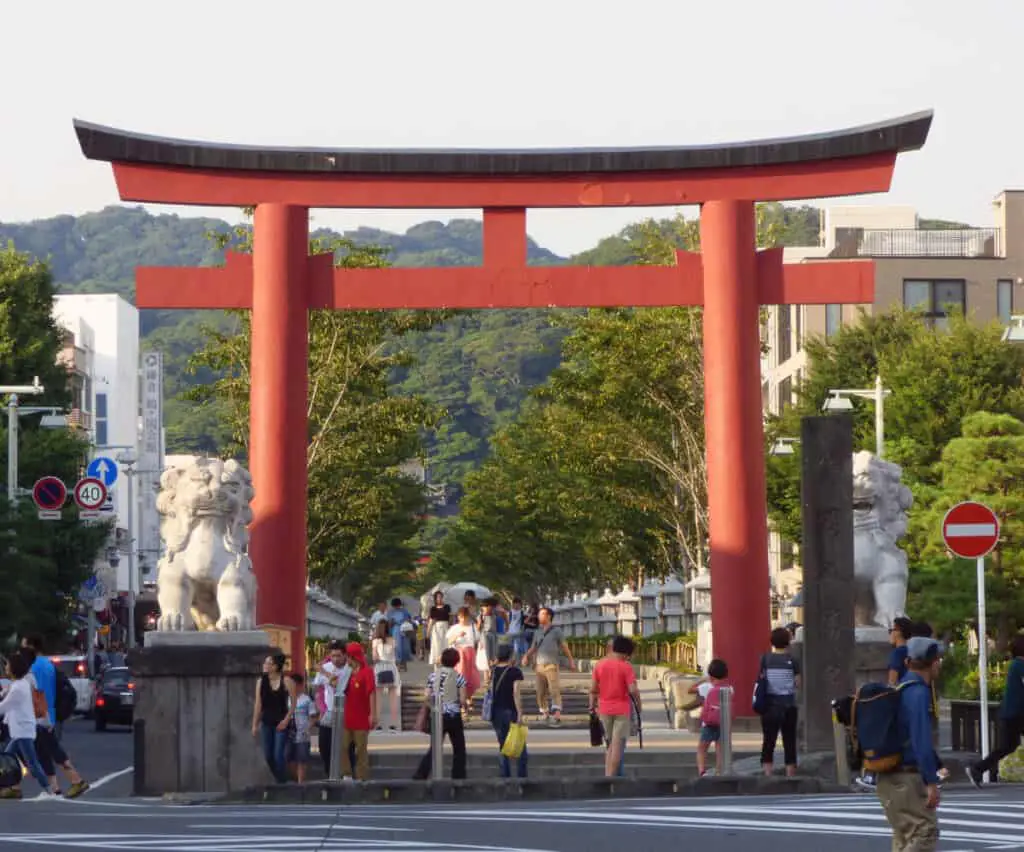
Alongside the temple is one of two museums on the property holding national treasures and relics. Archery practice takes place in a part of the temple, and there are coffee shops, peony gardens, a dojo, a kindergarten, and offices in different temple buildings.
Beaches
Inamuragasaki is a beach on the cape in western Kamakura, known for its black sands and cliffs behind the beach. It is shaped like a stack of rice at harvest, therefore its name.
The area is quiet, with local dining and a natural onsen or hot springs. The view is unparalleled. Plus, if the kami give you good weather, Mount Fuji is visible in the distance. It can be spectacular.
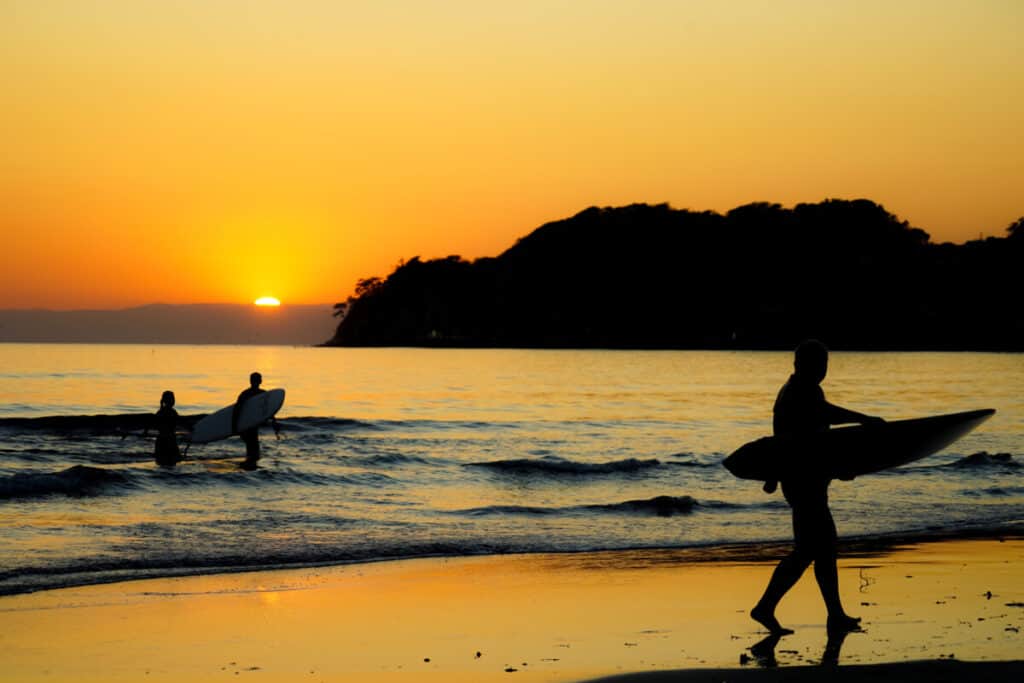
Beaches In Kamakura Via Japan National Tourism Organization
Yuigahama beach is in eastern Kamakura. Surfers are on the water when the surf is good. The view is gorgeous, and the atmosphere is quiet and peaceful.
On August 10, you can watch a full hour of fireworks on the beach. Caution: Hawks and crows swoop down to steal your food, so it’s best to make sure it is carefully stored while in the area.
Odawara
From Yugawara hot springs and the Fuji-Hakone National Park to the Odawara Castle, Odawara is a place you do not want to miss in Kanagawa.
Yugawara Hot Springs
Yugawara is a hot springs town. Hot spring bathing is available in almost every accommodation. Whether it is a hotel or a small ryokan, it has an onsen or hot spring bathing spot.
Yugawara The Most Secluded Hot Spring In Japan
There are many seafood and ramen food establishments, and Yugawara has several well-known bakeries and is famous for its bread. A trip to Japan has to include a visit to an onsen.
Odawara Castle
Odawara Castle is full of history. Built in 1447, the castle was rebuilt in 1633 and 1706. It was in active use until 1889.
The grounds bloom with cherry blossoms, plum blossoms, azalea, hydrangea, iris, lotus, and more. The castle tower has a great view of Odawara and Sagami Bay. The main gate, or Tokiwagi Gate, is impressive.
Odawara Castle Official Website
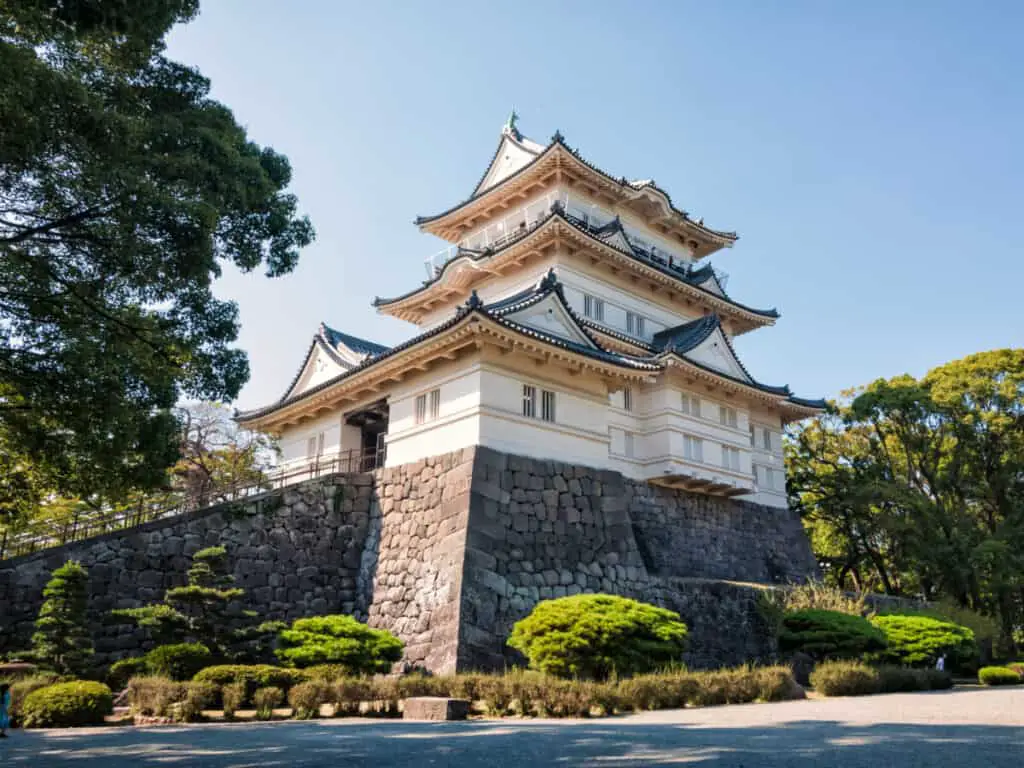
Enoura Observatory
Overlooking Sagami Bay. It was built in 2017 to display the beauty of Japanese landscapes and architecture and the heart of Japanese culture.
There is a 300-foot gallery that frames the sun at dawn. It has tearooms, art exhibits, gardens, and buildings in every style from medieval to contemporary. It is a form of land art and is indescribable. It is more than worthy of a primary stop and at the very least worth a side trip to explore and see this incredible attraction.
Soga Plum Grove
The Odawara Plum Festival takes place every year from early February to early March. The main site is the Soga Plum Forest, which is divided into three sections: Bessho, Hara, and Nakagawara.
The farmhouses that are there run each orchard. Bessho is the best known, including fruit and vegetable vendors, souvenirs, restaurants, and other attractions.
Odawara Plum Grove Virtual Tour
Looking at plum trees is only part of the natural vistas, but the spectacular thing about Sogo Plum Grove is the opportunity to see Mount Fuji above and beyond it.
If you are fortunate, you might see a Diamond Fuji, or the sun setting and touching the tip of Mount Fuji. It’s a brief phenomenon, though. When and if it happens while visiting the area, it lasts no more than two minutes.

